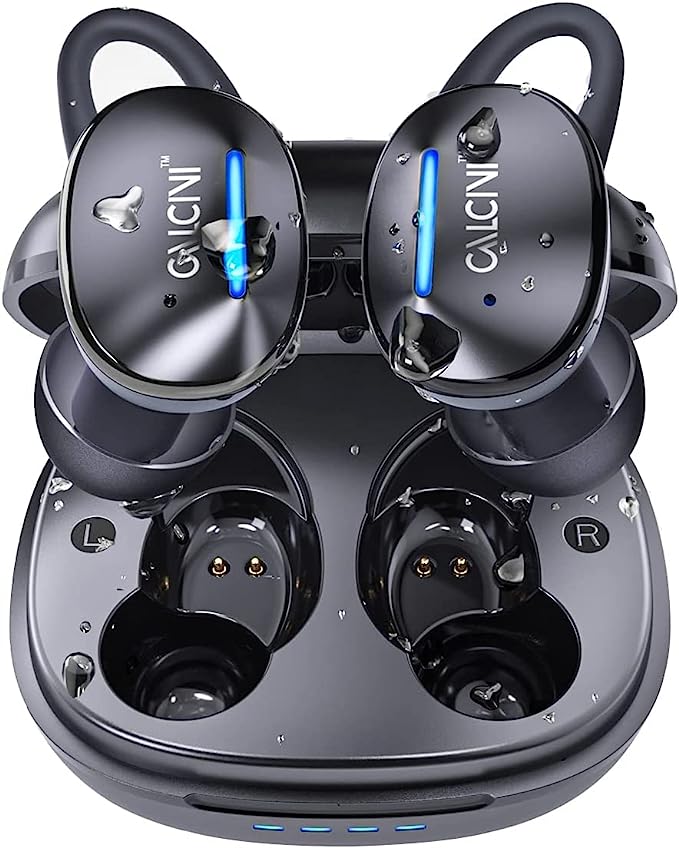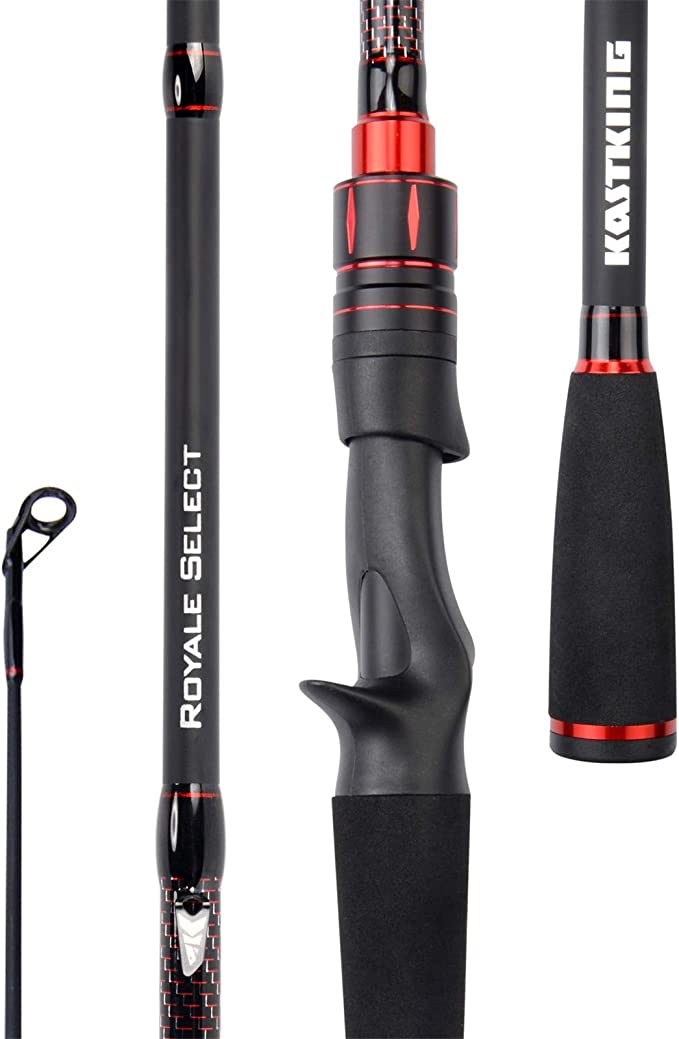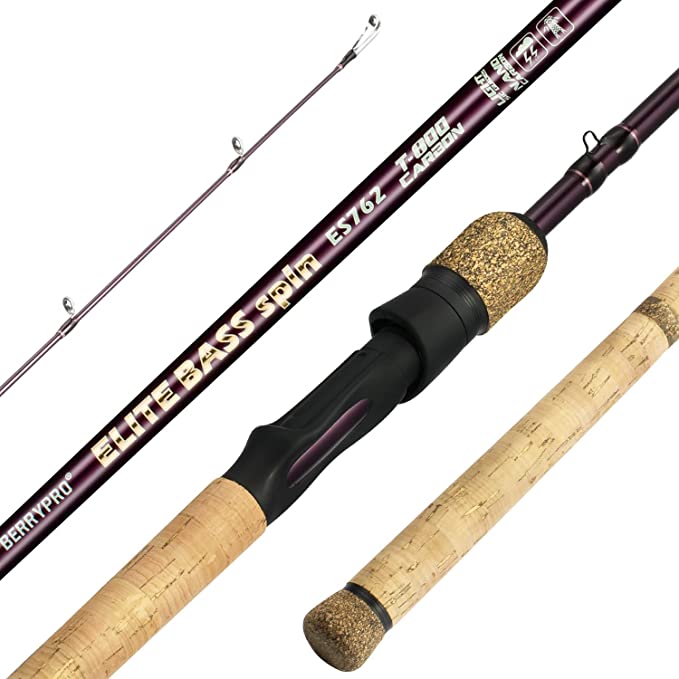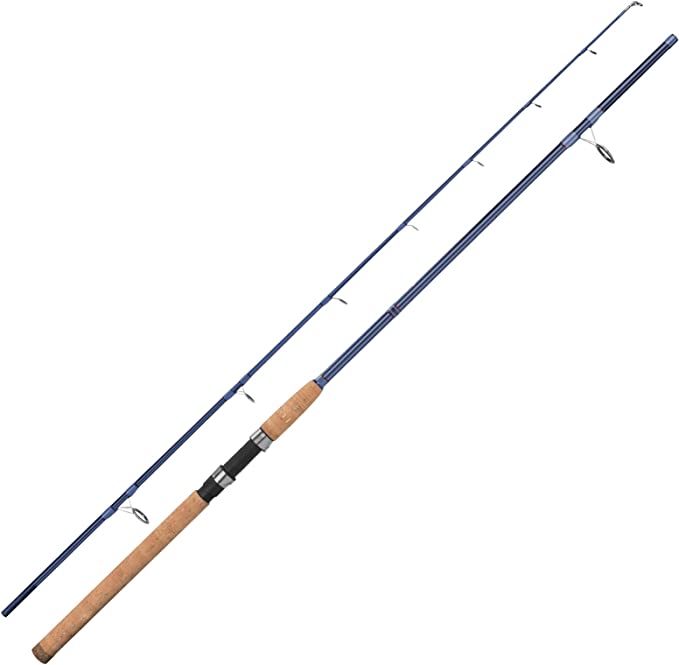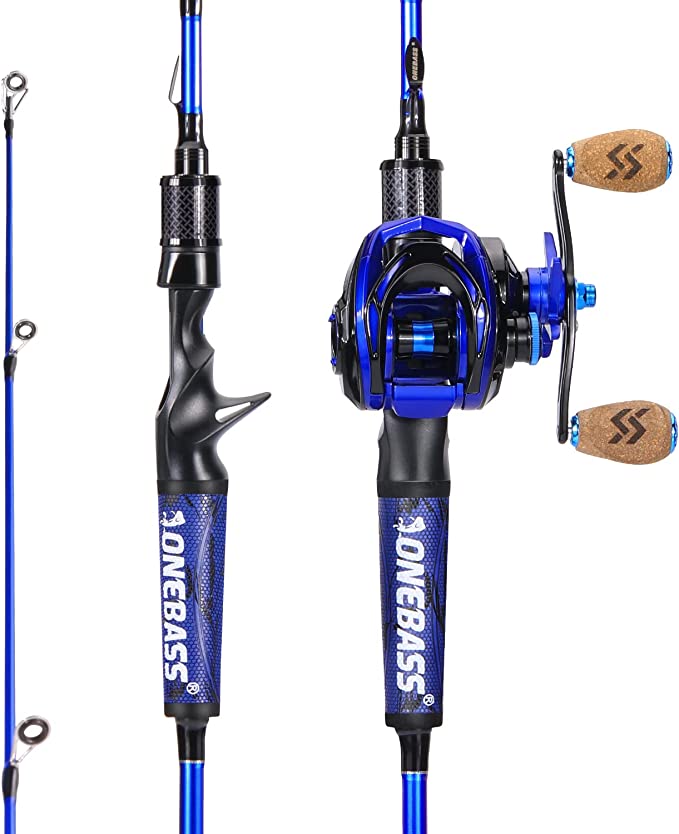Big Agnes Diamond Park 30°: Your Ticket to a Luxurious Night Under the Stars
Update on June 13, 2025, 12:37 p.m.
Think of your body as a small, portable furnace, constantly burning fuel to maintain a steady 98.6°F (37°C). Out in the wild, under a vast, cold sky, your single most important job is to protect the precious heat this furnace generates. But you have enemies. Three invisible thieves are working tirelessly to steal that warmth, and their methods are governed by the fundamental laws of physics. They are Conduction, Convection, and Radiation.
The battle for a warm, restorative night’s sleep isn’t about toughness; it’s a strategic engagement with these forces. As a gear engineer, I don’t just see a sleeping bag. I see a personal, deployable fortress designed for this very battle. Let’s break down the engineering of a bag like the Big Agnes Diamond Park and see how its design wages war on the cold.

Defeating Conduction: The Cold, Hard Ground
Your first and most formidable enemy is Conduction—heat loss through direct contact. Lay a warm hand on a cold stone, and you feel the heat drain away instantly. The ground, even on a summer night, is a massive heat sink, infinitely capable of absorbing your body’s warmth.
Your primary shield against this is your sleeping pad. Its R-value is a direct measure of its ability to resist this heat flow. But a shield is useless if you’re not behind it. And here lies the fatal flaw of most sleep systems: sometime around 2 AM, in the throes of a dream, you roll, and suddenly your shoulder or hip is off the pad, pressed directly against the uninsulated nylon floor of your tent. The result is a catastrophic loss of heat and a jarring, cold awakening.
This is where clever engineering provides a tactical advantage. The Diamond Park features a Flex Pad Sleeve. Let’s be clear: this isn’t a mere convenience. It is a foundational piece of the fortress, an integrated suspension system for your armor plating. By locking your pad into the base of the bag, it makes separation impossible. As one user, ‘Mustang’, aptly put it, the system is “Super comfortable when you use with the big Agnes sleeping pad. Highly recommend using them together.” From an engineer’s perspective, this transforms two separate items into a single, cohesive sleep system, guaranteeing that your shield against conduction stays exactly where it needs to be, all night long.

Taming Convection: The Unseen Rivers of Air
The second enemy is Convection, which is heat carried away by moving fluid—in this case, air. It’s why a 40°F day with a stiff breeze feels infinitely colder than a still one. Every draft that enters your tent, every wisp of air that circulates inside your sleeping bag, is a tiny river carrying your precious heat away.
A fortress needs high walls and sealed gates. In a sleeping bag, the “walls” are the insulation itself, designed to create thousands of tiny pockets of trapped, or “dead,” air. By preventing this air from moving, you stop convective heat loss. But any gap in the defense can be devastating. Your head and shoulders are major heat-loss zones, and the opening of a sleeping bag is the main gate of the fortress.
The Diamond Park addresses this with dedicated defensive structures. The plush, oversized No-Draft Collar drapes around your neck and shoulders like a built-in scarf, forming a soft, effective barrier. The Free Range Hood, while spacious enough to avoid claustrophobia, can be cinched down to seal off this critical exit. These aren’t just comfort features; they are the ramparts and gatehouses of your fortress, meticulously designed to stop the invisible rivers of cold air.
The Final Foe: Radiation and Its Treacherous Ally, Moisture
Your final enemy is Radiation. Every warm object, including your body, constantly emits energy in the form of infrared waves. This is a relentless, silent form of heat loss. The only way to combat it is with thick, effective insulation that absorbs and holds this heat. This is where the concept of “loft,” or fluffiness, comes into play, and it’s why we have Fill Power as a metric. The 600-fill down in this bag means one ounce of it can loft to fill 600 cubic inches, creating a thick barrier of that all-important trapped air.
For decades, down has been the champion insulator, nature’s miracle material. Its complex, three-dimensional plumes are unmatched in their ability to trap air for their weight. But it has always had an Achilles’ heel: water. When down gets wet, its delicate plumes collapse into a clumpy, useless mass. Worse, water conducts heat about 25 times more efficiently than air, so wet down actively pulls heat from your body.
This is where material science delivers a decisive counter-attack. The DownTek treatment is a marvel of chemistry. Each individual down plume is coated with a durable water repellent (DWR) polymer. Think of it like a microscopic raincoat for every filament of insulation. This treatment alters the surface tension so that water beads up and rolls off rather than soaking in. This doesn’t make the bag waterproof, but it provides critical resistance against the moisture that’s always present—from tent condensation to damp evening air. It ensures the insulation keeps its loft, and therefore its warmth, even when conditions are less than perfect.
The Art of Command: A System You Control
A great fortress is not static; it’s adaptable. The Diamond Park’s design, with its full-length zippers that allow it to become a quilt and its ability to mate with another bag, transforms it from a simple bag into a versatile climate control system. You, as the commander of your fortress, can actively manage your thermal environment—venting at the feet, opening it up on a warm night, or hunkering down when the temperature drops. This adaptability, as user ‘J.’ highlights, makes it a “super comfortable and… versatile sleeping bag design” suitable for a huge range of scenarios.
Even the best-designed fortress, however, is only as strong as its construction. While most user feedback celebrates the bag’s comfort, one field report mentioned a seam failing after the second use. This is a critical reminder for any gear enthusiast: brilliant engineering must be paired with flawless manufacturing. It speaks to the constant trade-offs in gear design between comfort, weight, and bombproof durability.
Ultimately, the goal is to shift your mindset from that of a consumer to that of a commander. By understanding the forces you’re up against—conduction, convection, and radiation—you can use your equipment more intelligently. A sleeping bag like the Big Agnes Diamond Park is a remarkable piece of engineering, a personal fortress designed to win the nightly war against the cold. But the most powerful tool you have is knowledge. And that is what truly guarantees a warm, triumphant night under the stars.






















